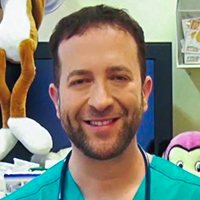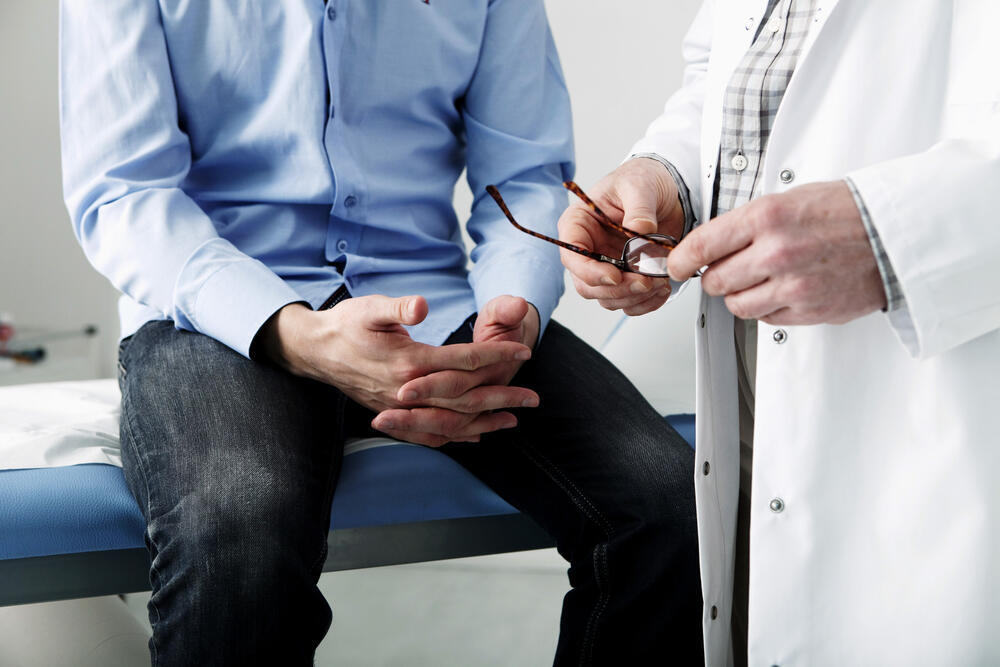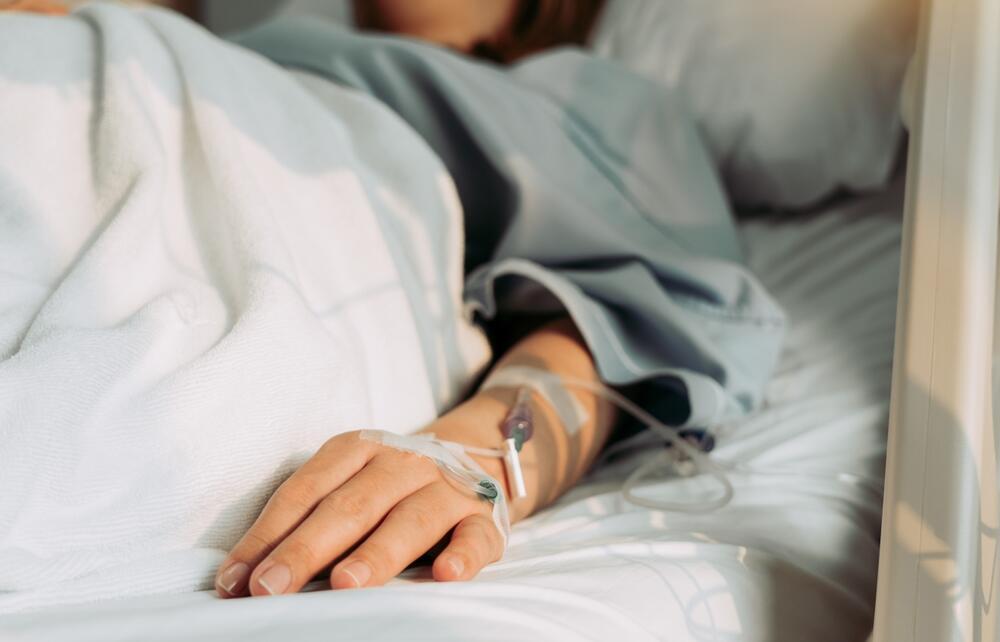Getting your Trinity Audio player ready...
Testicular cancer is a relatively rare form of cancer that primarily affects young men, usually between the ages of 15 and 35. It originates in the testicles, the male reproductive glands located in the scrotum. The most common symptom is a lump or swelling in one of the testicles.
Fortunately, testicular cancer is one of the most treatable types of cancer, especially when detected early. Treatment typically involves surgery, and may also include radiation therapy or chemotherapy depending on the stage and type of the cancer. Early detection through regular self-examinations can significantly improve outcomes.
Prof. Jack Baniel, what is testicular cancer?
"It is a condition where there is a growth in the tissue of the testicle, the organ responsible for producing sperm. It is located outside the body to provide suitable temperature conditions for the sperm, which require a slightly lower temperature than that of the body. The condition is common among males aged 15 to 40 and is usually discovered after accidentally feeling a hard, sensationless lump in the testicle."
How prevalent is it?
"It occurs in one out of every 30,000 men aged 15 to 40. In Israel, there are between 120 and 150 cases per year."
Is it possible to perform a self-examination for early detection of testicular cancer?
"Yes. We recommend that all men aged 15 to 40 perform a self-examination of the testicles. It should be done in a warm area, such as the bathroom, when the testicles are relaxed. If there is suspicion of a lump, one should consult a family doctor or a urologist to perform further examination, and if necessary, get a referral for an ultrasound and blood tests."
What are the chances of recovery?
"About 30-40% of men are diagnosed when the growth is only on the testicle, and then the condition is almost always curable. When the growth reaches the abdomen, to the lymph nodes next to the kidneys, most patients will be treated with chemotherapy after the removal of the testicle, and then 95-98% of the patients are cured. When the disease spreads above the diaphragm, to the lungs, or the chest, the recovery rate declines to about 90%."
How is the diagnosis made?
"After a physical examination, the patient is sent for an ultrasound of the testicles, and blood tests for testicular cancer markers: alpha-fetoprotein, beta HCG (the same test used for pregnancy, as the marker is also released in cases of testicular cancer) and LDH levels. If the results are positive, or there is doubt, the patient is also referred for a CT scan of the abdomen, pelvis and chest to try to locate metastases in the area of the kidneys or lungs."
Does it affect fertility?
"Even a person with only one testicle is completely fertile and functions like a healthy man. Since sometimes there is a medical issue with the remaining testicle, the patient is always referred to store his own sperm as a safety measure in case the remaining testicle is not healthy."
Does a patient with undiagnosed testicular cancer endanger his partner or future fetus?
"No."
How is the treatment carried out?
"If metastases are found after the removal of the affected testicle, the patient is transferred to the oncology department for chemotherapy treatment. Subsequently, he is sent every two months for CT scans and blood tests for marker levels. If two years have passed and the tests are normal, the patient is considered healthy."
Is it possible to implant a prosthesis in place of the removed testicle?
"Each patient is offered a prosthesis filled with saline solution according to the size of the remaining testicle so that everything looks normal on the outside. An incision is made in the scrotum and is covered by hair, so there is no aesthetics issue. Older or married men are less likely to request a prosthesis."
Prof. Jack Baniel is a professor of Urology and chief of Urology section at Rabin Medical Center, Petach Tikva




